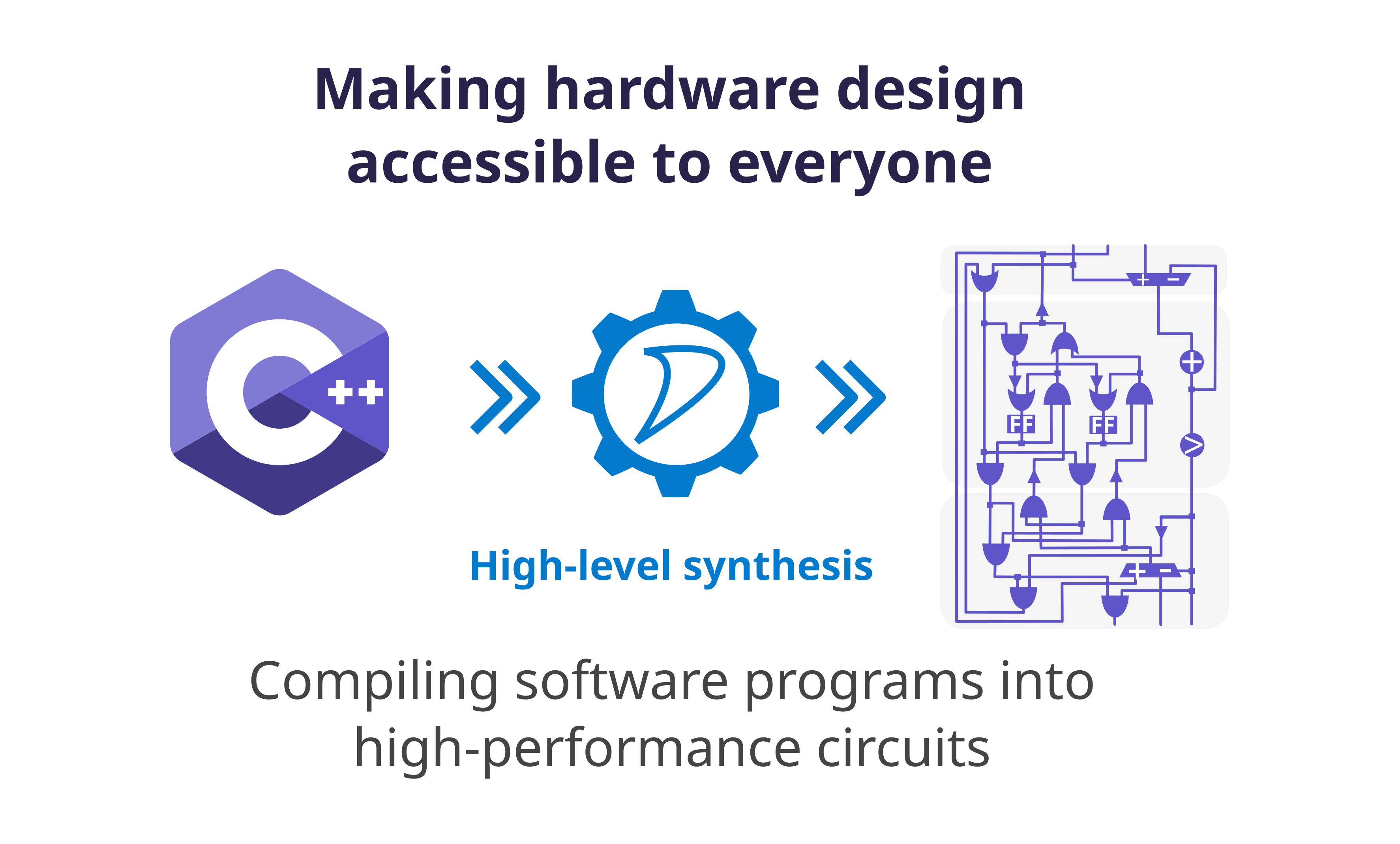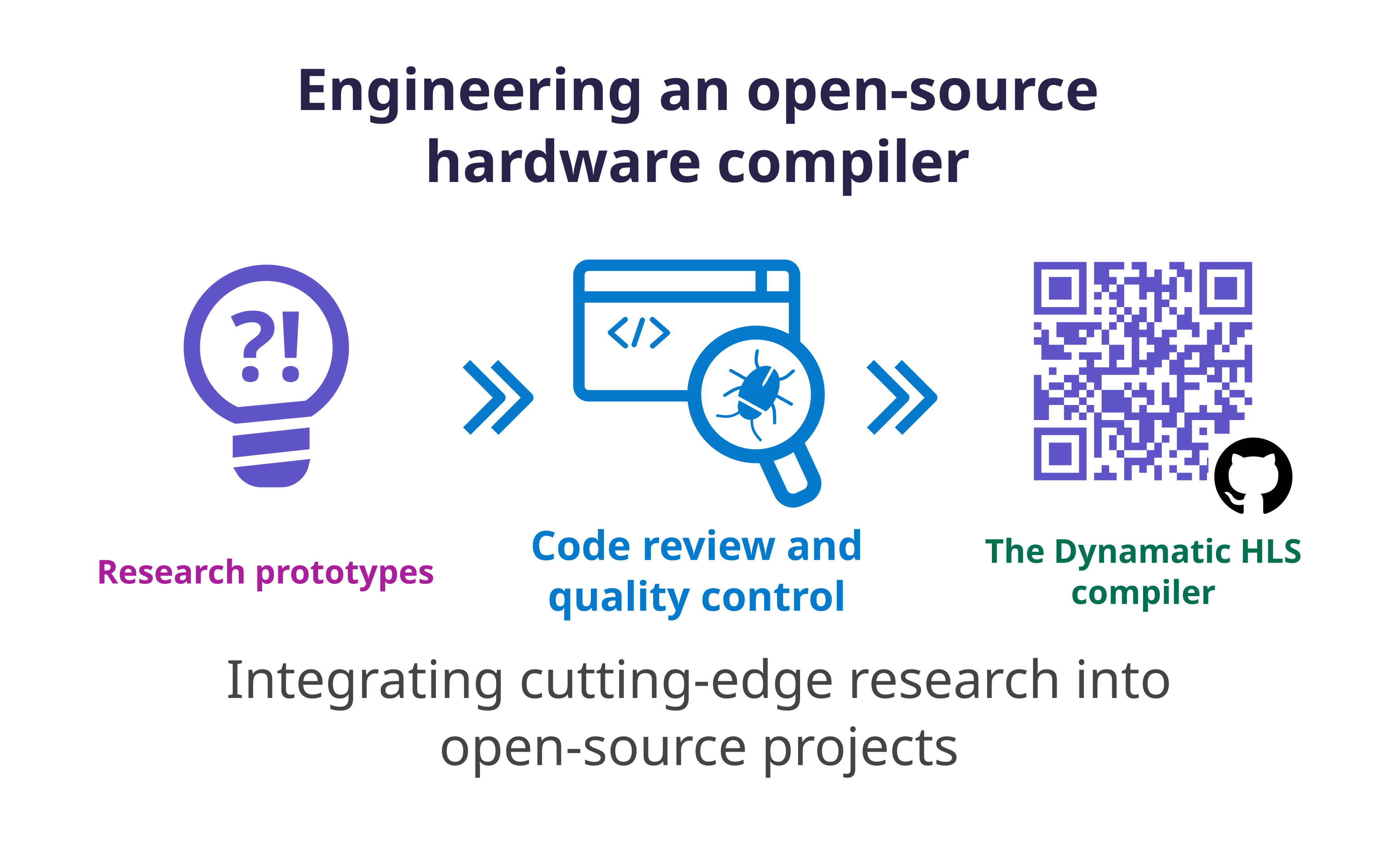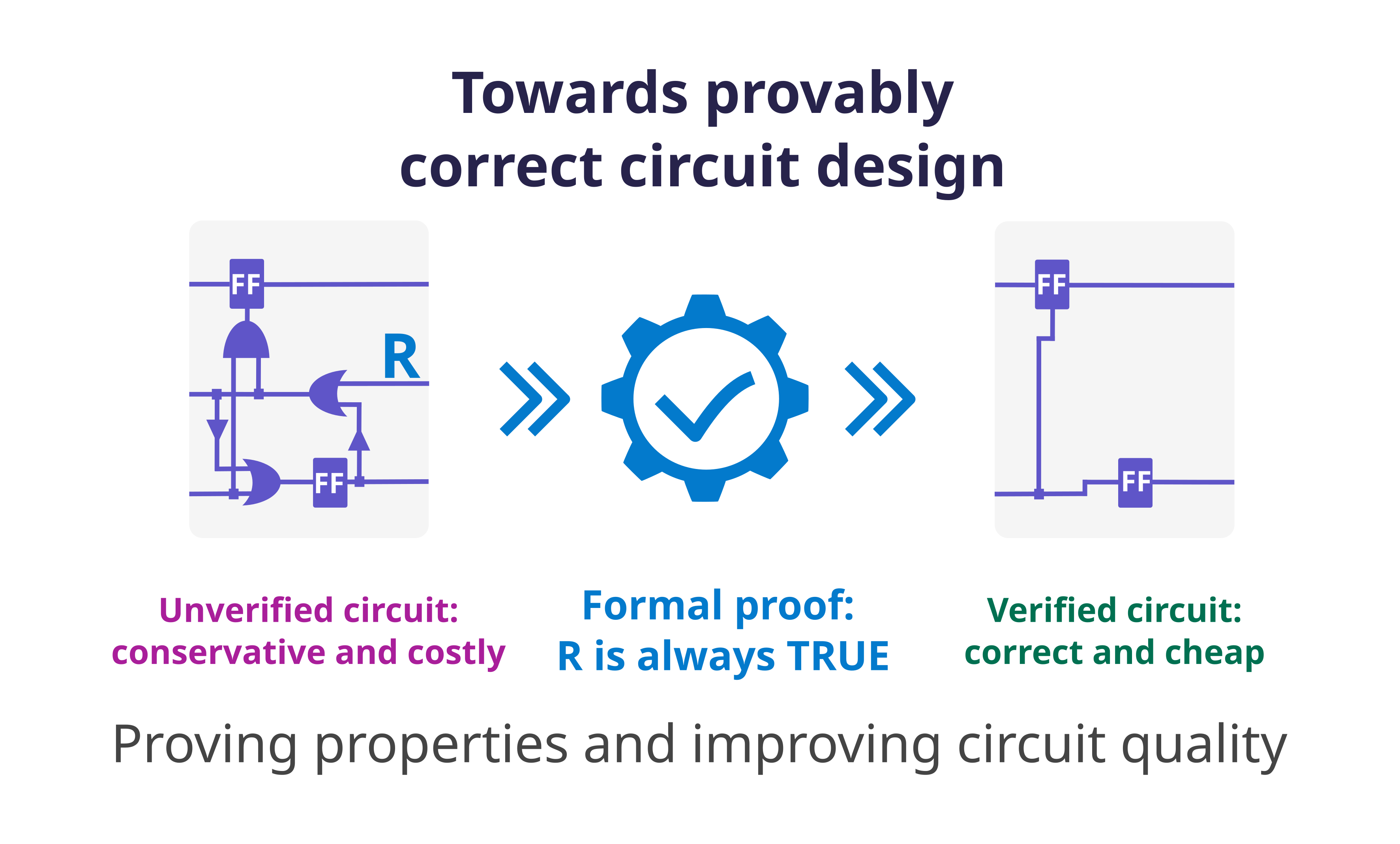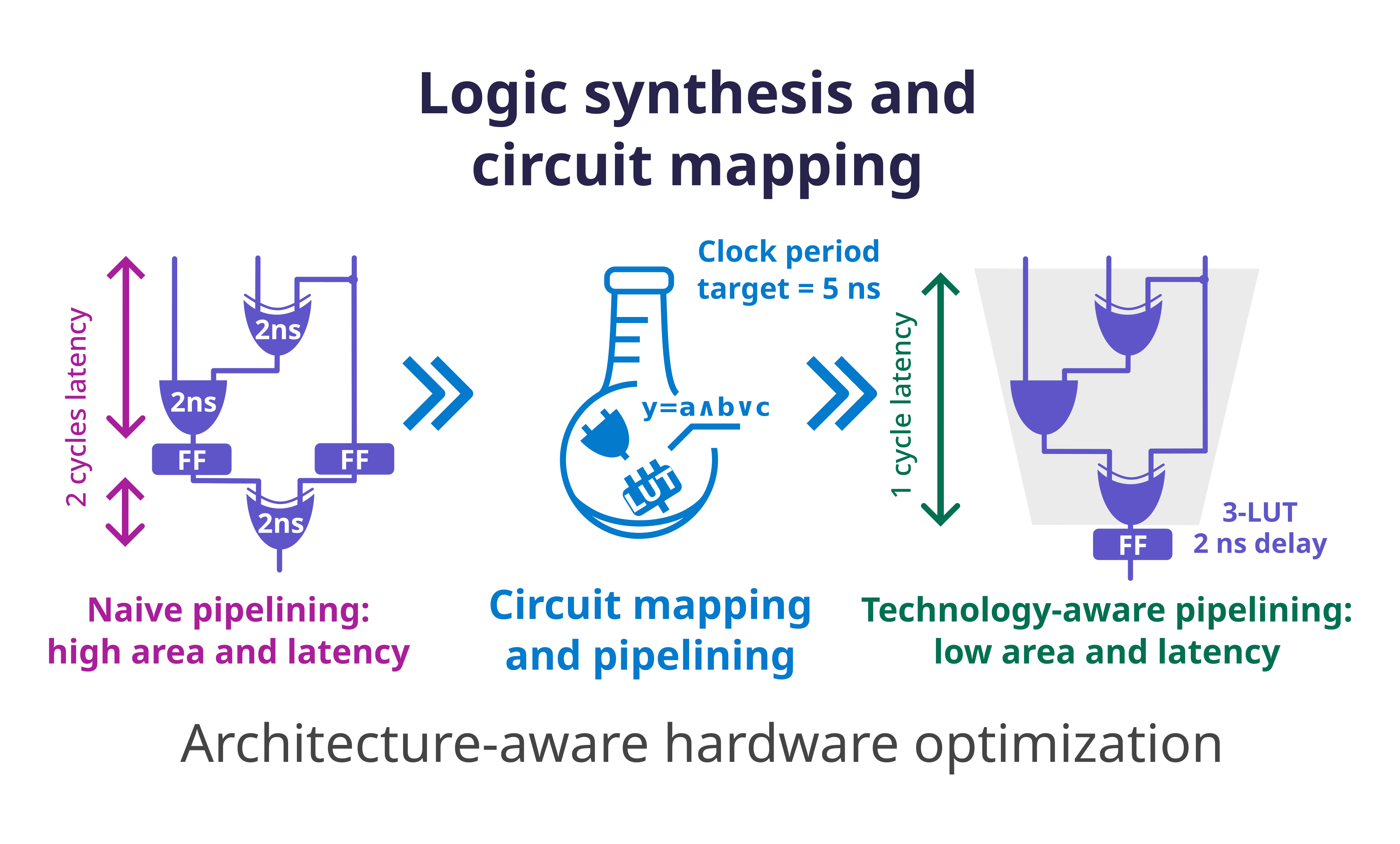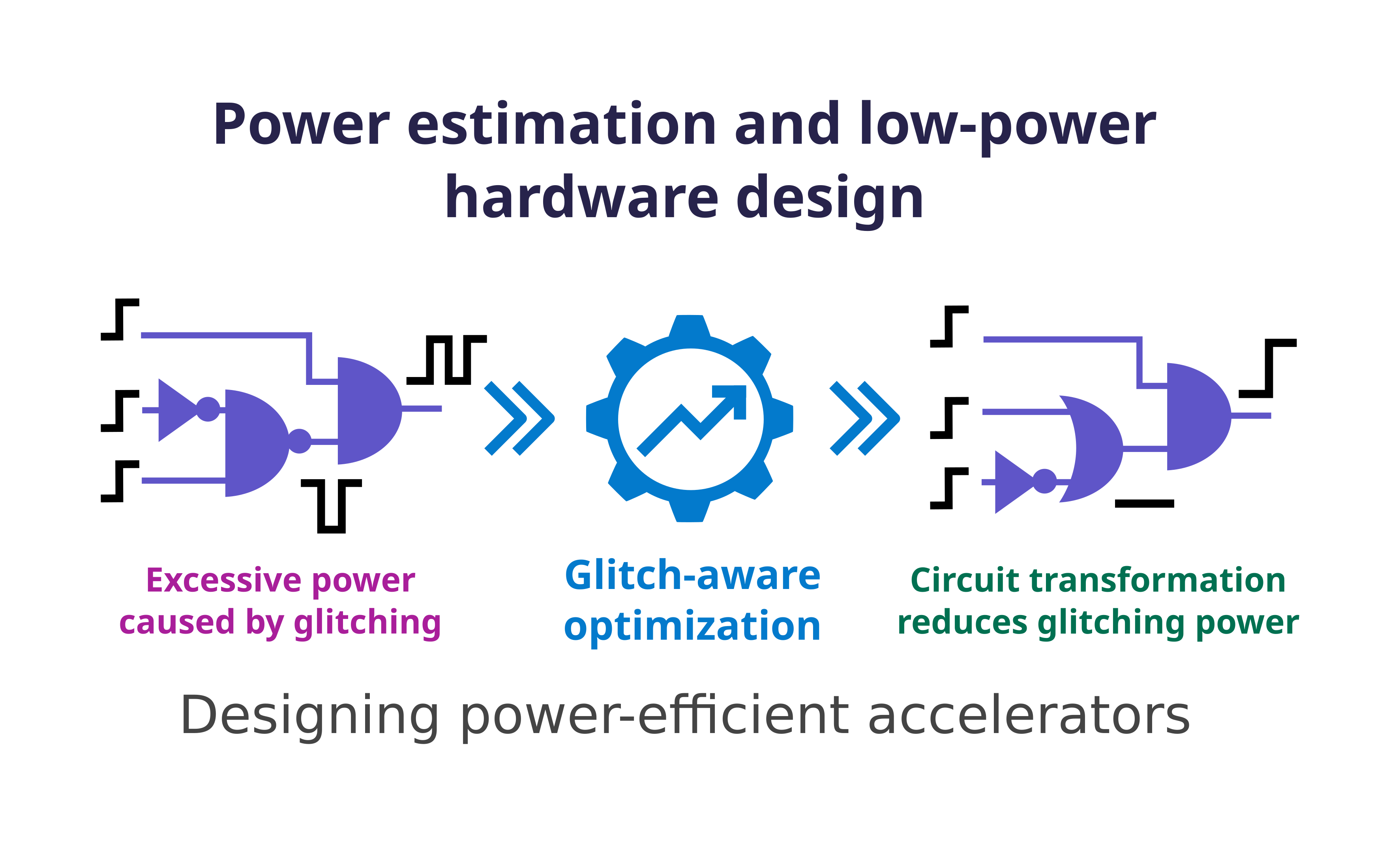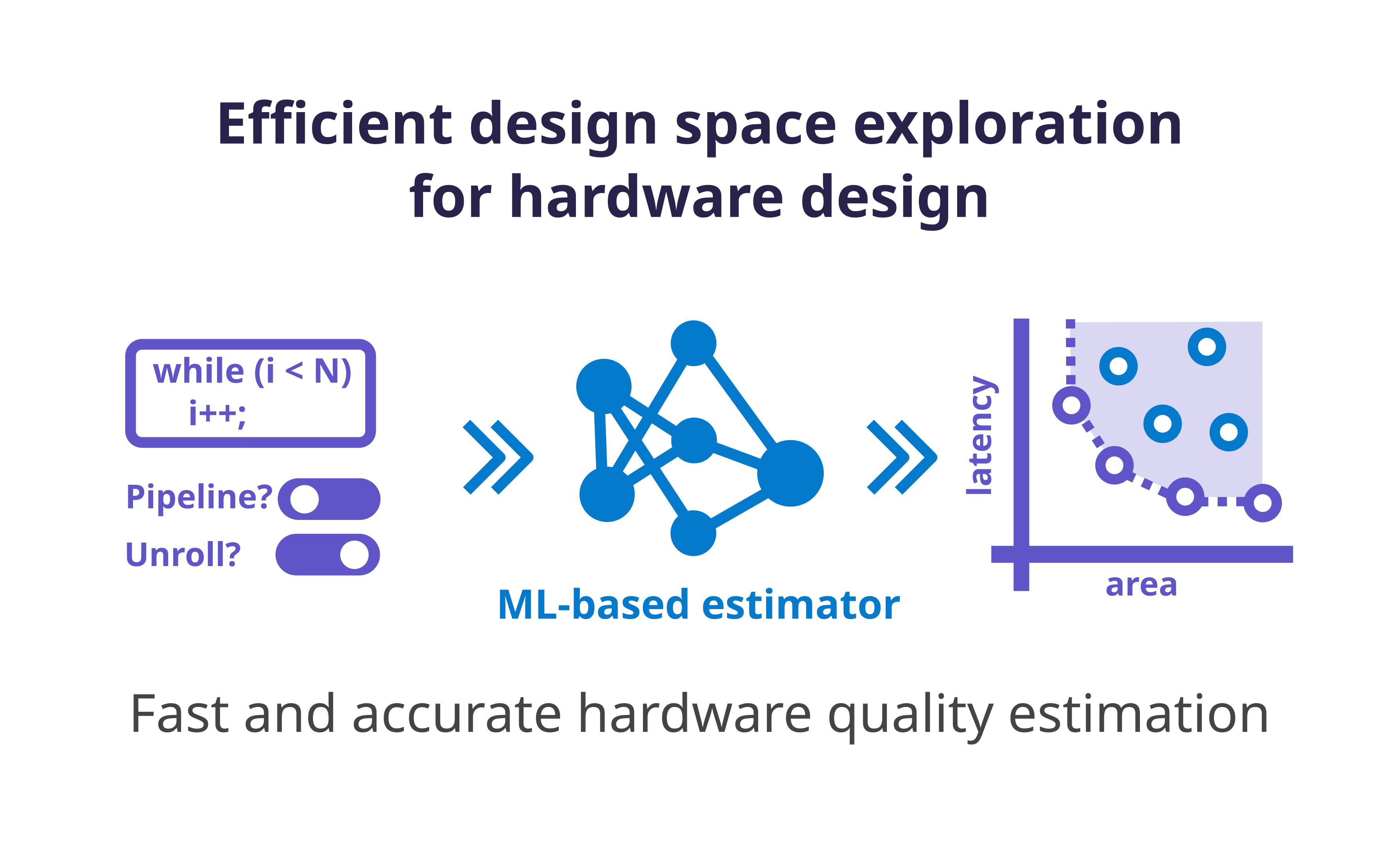Specialized hardware accelerators (e.g., ASICs, FPGAs) are a promising solution for dealing with our increasing computational demands, as they offer high parallelism and energy efficiency. However, a major barrier to their global success is the difficulty of hardware design. The research of DYNAMO focuses on methods to make the design of high-quality hardware accelerators broadly accessible, fast, and reliable. Our research spans several areas of computer science and electrical engineering, including compilers, formal methods, electronic design automation, digital hardware design, and computer architecture.
Research Areas
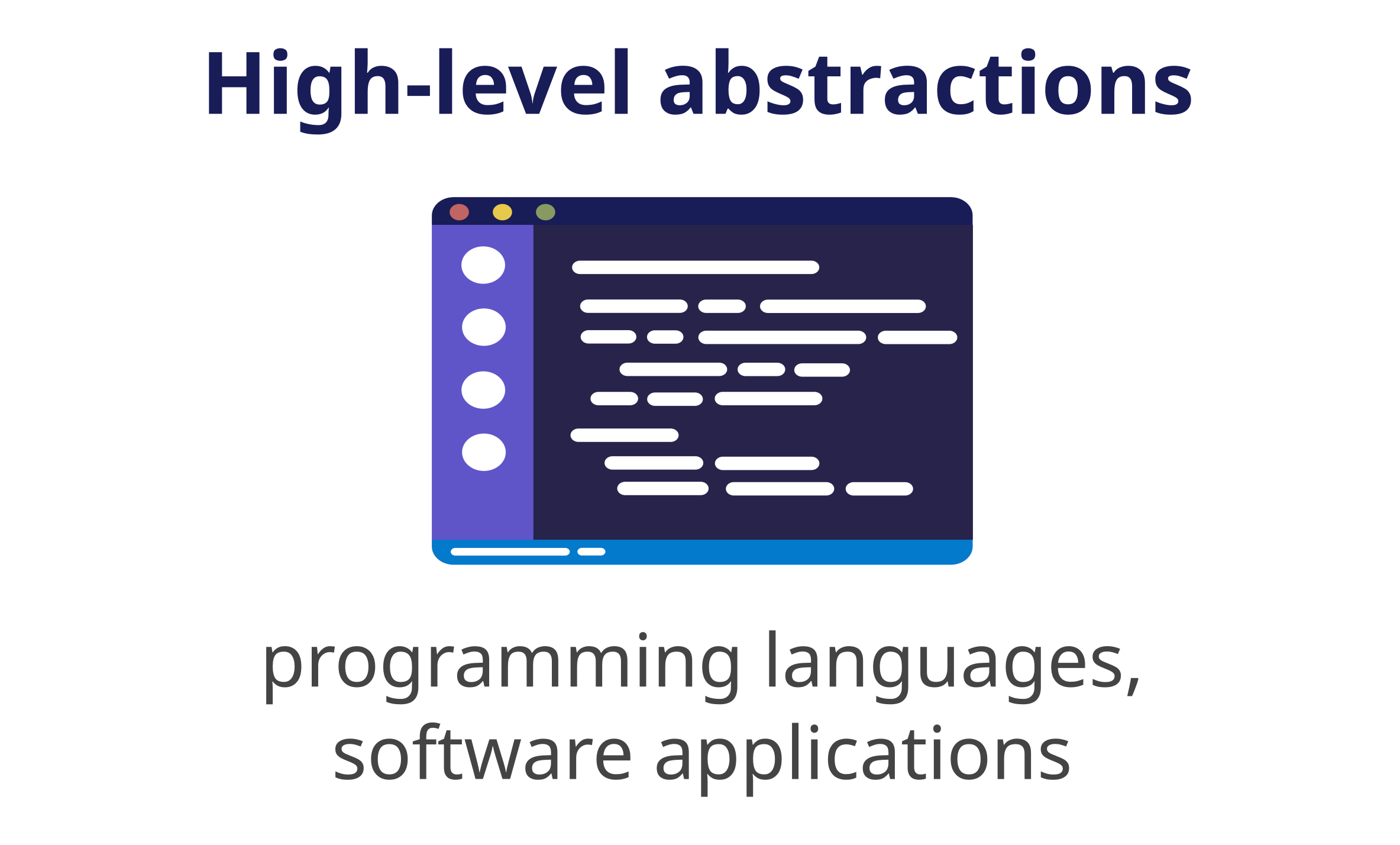
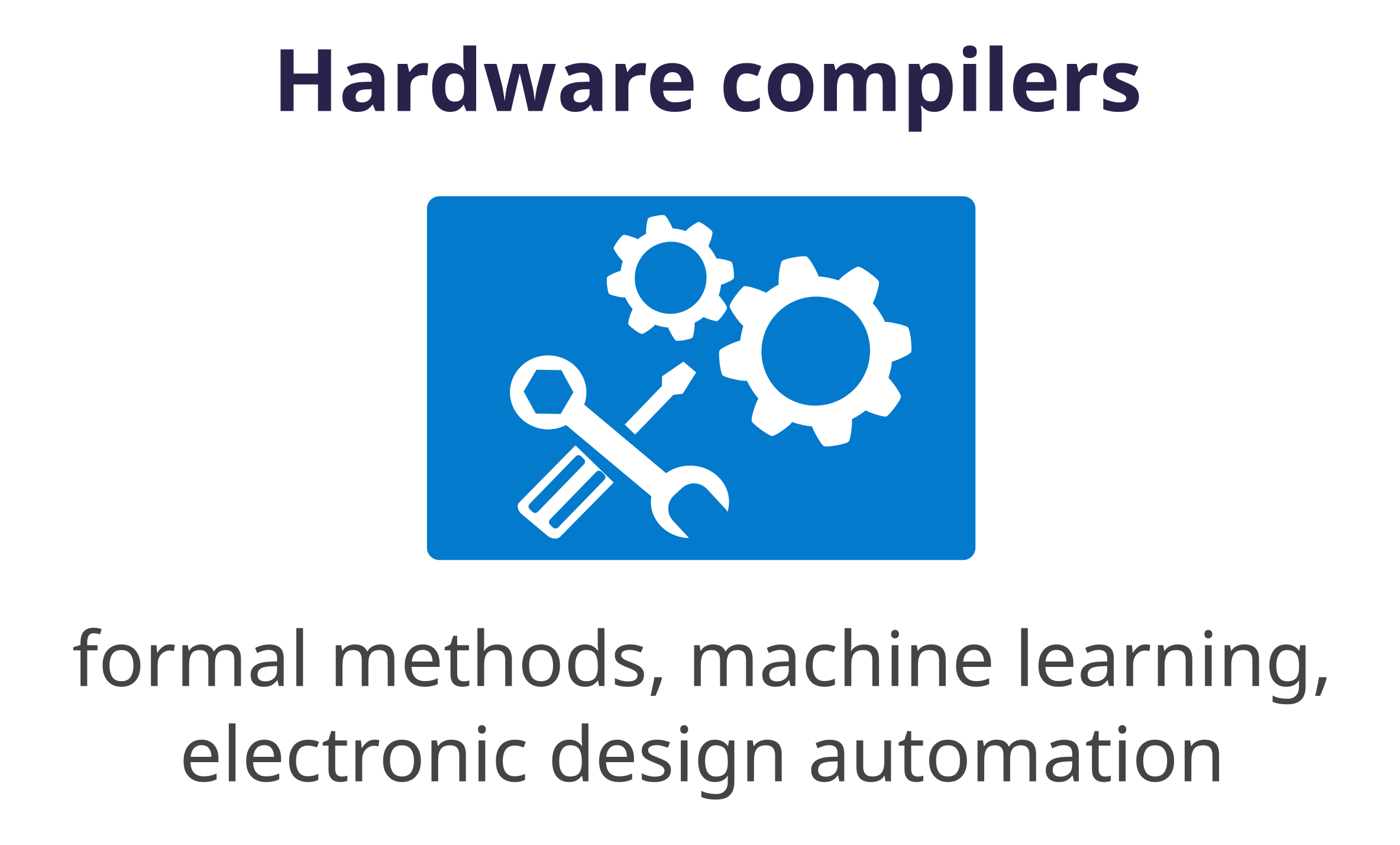
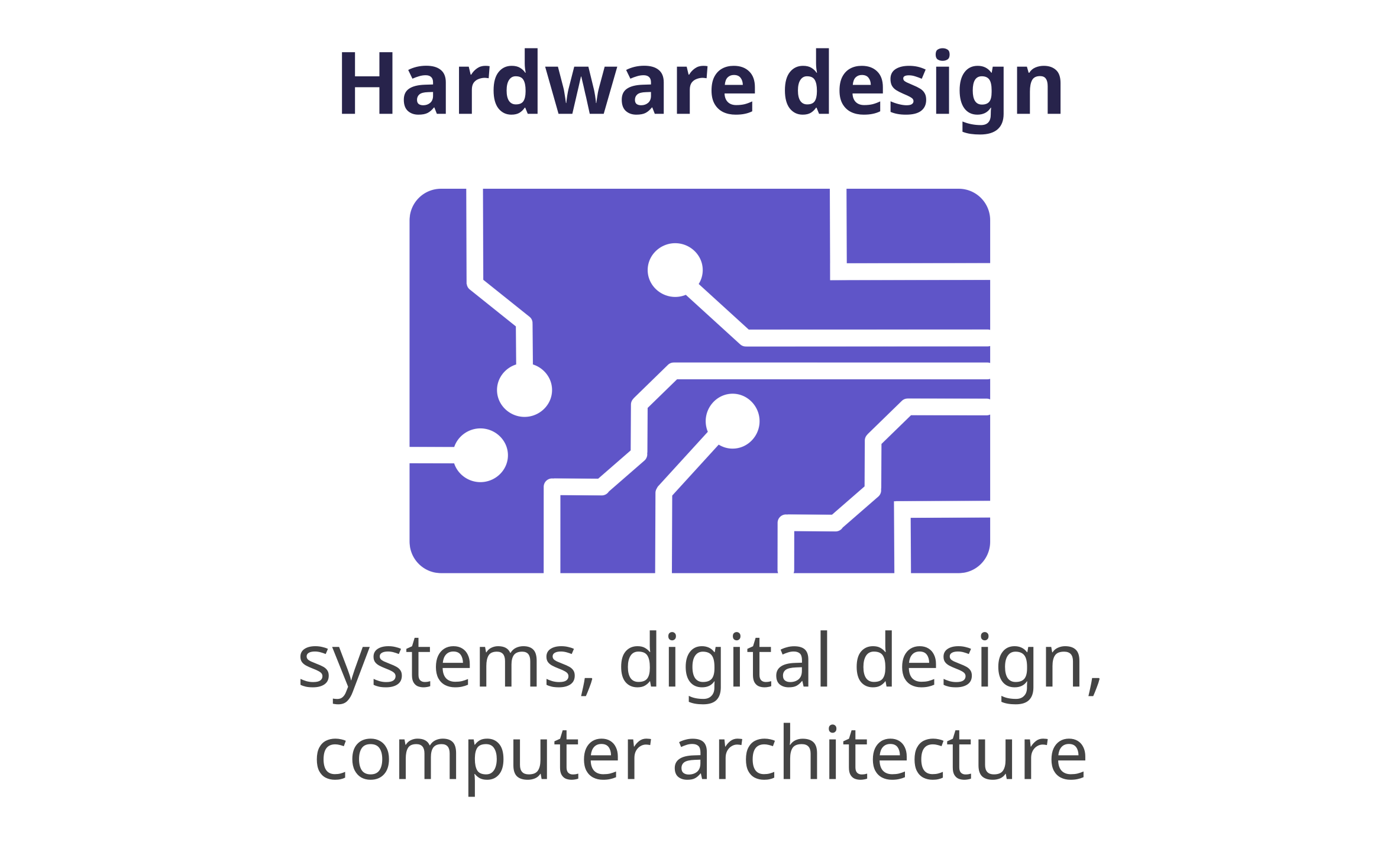
Research Topics
